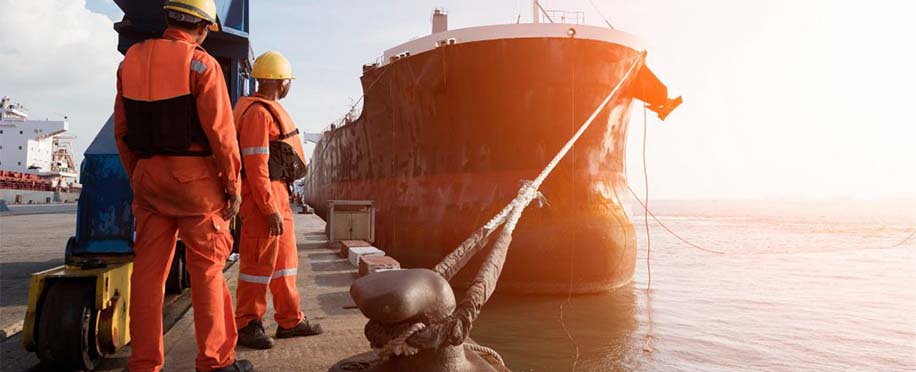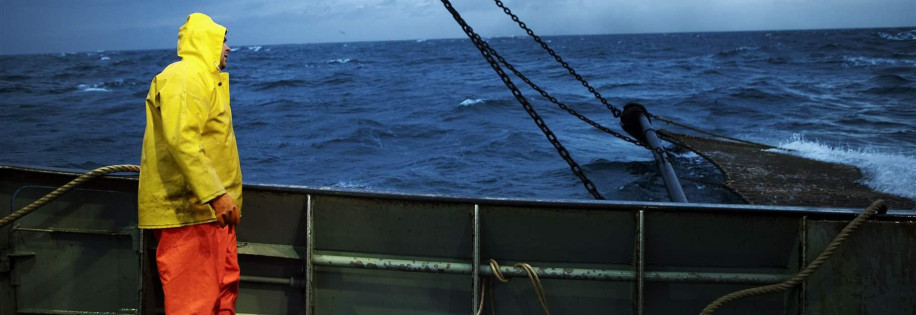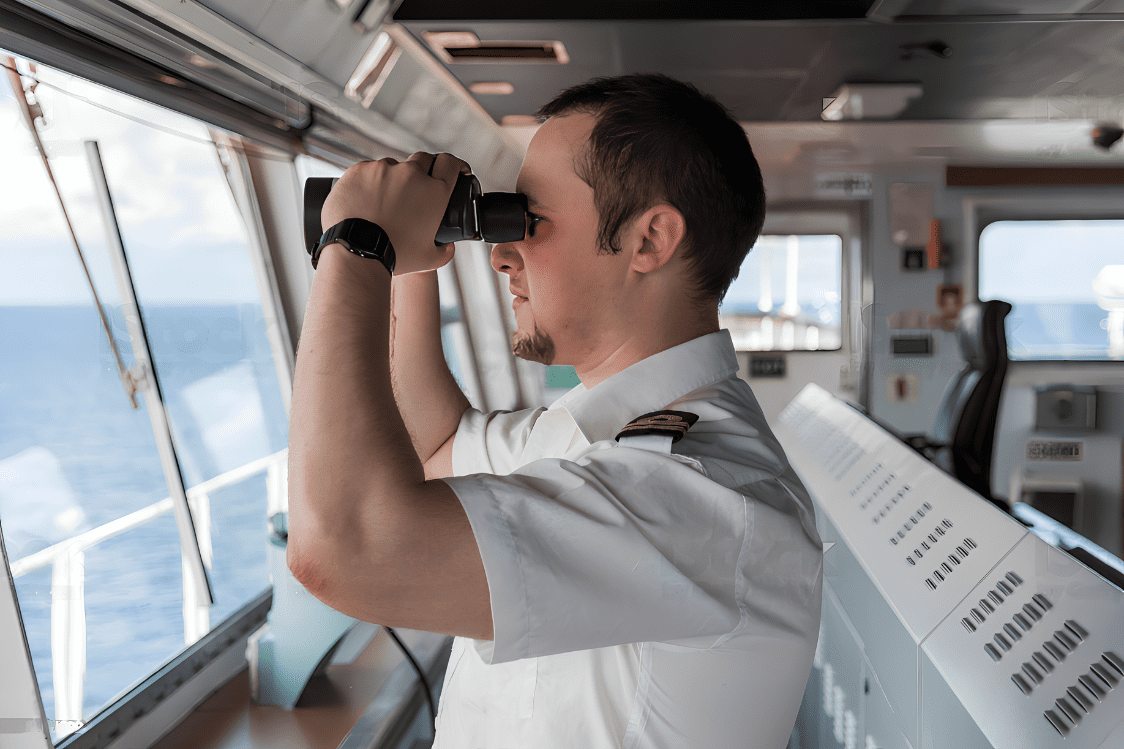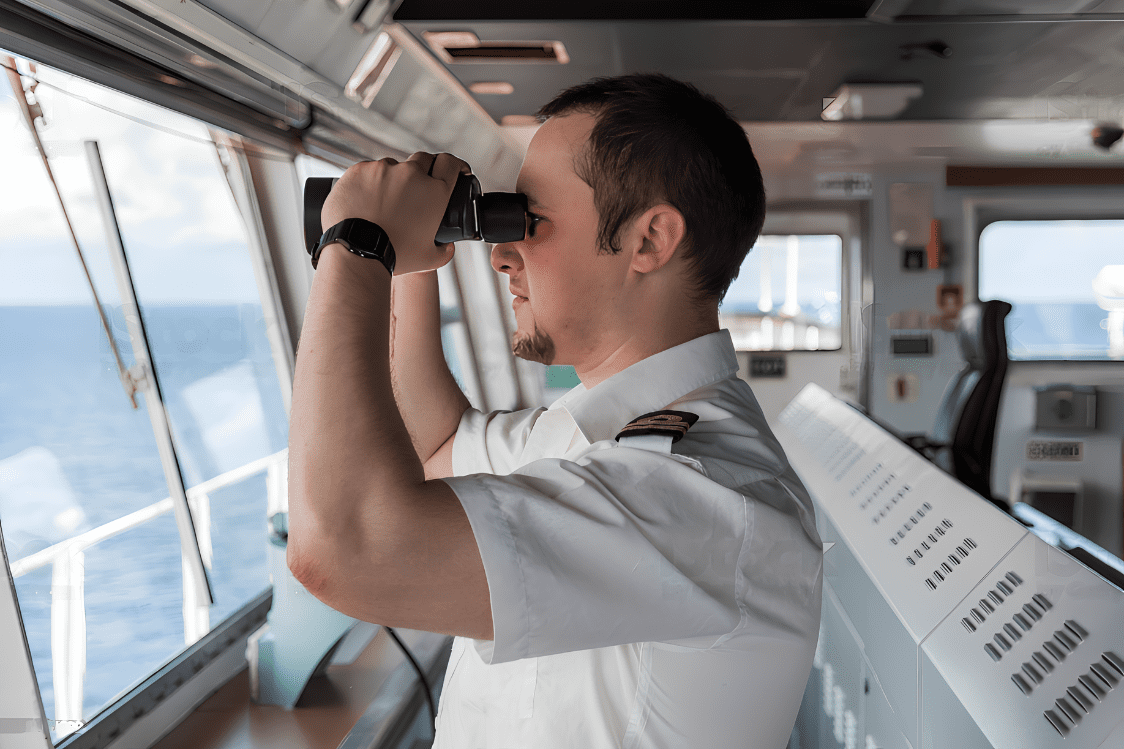AIS Spoofing: What It Is, How It Works, and Why It Matters

Posted on Apr 23, 2025 at 11:04 PM
In the world of maritime navigation, AIS (Automatic Identification System) is one of the most important means used to identify the location of each ship or vessel and continuously share its data at sea. However, recently, advanced threats known as AIS spoofing have emerged—a dangerous practice aiming at manipulating or falsifying vessel data, undermining the accuracy and trustworthiness of maritime navigation.
AIS spoofing is no longer just a technique used in rare circumstances; it has become a phenomenon that exploits digital vulnerabilities in navigation systems. For many ship owners, bridge officers, and port operators, the concept remains a mystery, despite its serious implications, which include misinformation, concealing illegal activities, and endangering vessel traffic.
What is AIS spoofing?
AIS spoofing refers to the deliberate manipulation of Automatic Identification System (AIS) signals by sending false messages that show inaccurate locations or provide fake information about a vessel's identity, ship's position, or destination. This process includes the use of fake transmitters, GNSS systems, and broadcasting techniques, which falsify data on radar screens, tracking reports, navigation logs, and even security systems.
Characteristics, location, ship type, and speed are vulnerable to falsification through this process. Cases of AIS spoofing have been documented in numerous areas where nonexistent vessels have appeared or where the trajectories of real ships have been altered without explanation.
How does AIS spoofing work?
Of course, this methodology relies on transmitting fake RF signals that mimic the system's original structure. It involves precise algorithm structures capable of crafting spoofed data. This data may include altered coordinates, wrong speed, incorrect direction, false identifiers, or even false designs of the ship, whether it be a tanker, barge, or tug.
In some cases, attackers simulate entire operations, creating simulated patterns that show fake ship movements across restricted sea zones. True to form, this spoofing may involve software designed to circumvent detection, sometimes emitted through unauthorized devices.
Moreover, attackers may rely on vulnerabilities in digitally controlled equipment and exploit gaps in communications infrastructure, such as VHF, voice, and satellite links.
One report, published by the New York Times, referenced Russian activities involving AIS spoofing near the Black Sea, notably around the HMS Defender incident, where anomaly detections were registered.

Why is AIS spoofing a threat?
Of course, the threats of AIS spoofing are diverse and severe. Here are key concerns:
- Disrupting global shipping traffic by providing inaccurate data.
- Enabling deceptive practices to evade detection by the Coast Guard, NATO, or other maritime authorities.
- Jamming or interference with radar, GNSS, and VHF channels.
- Allowing unauthorized participants to manipulate maritime data for smuggling or oil sanctions evasion.
- Manipulating ship identity, positions, and AIS transmissions which undermines awareness and trust in navigation systems.
Hence, the importance of maritime risk management as a means of monitoring and countering these risks, especially AIS spoofing, by combining technical tools with training and preparedness.
How do we detect AIS spoofing?
Without doubt, detecting AIS spoofing involves analyzing AIS, GNSS, and GPS signals for timing inconsistencies. Modern cybersecurity tools use automatic AI algorithms to evaluate weather conditions, forecast data, and radar inputs to identify anomalous patterns.
Some sophisticated systems cross-reference RF signal characteristics, the closest known vessel, and even biometric and remote inputs from crew members to authenticate data. AIS spoofing analysis is becoming central to this approach.
Additionally, assessing falsified transmissions may include reviewing static MMSI numbers, server logs, and search results for posts from spoofing actors. Tools provided by organizations like IALA assist in identifying spoof attempts across networks.
The Future Impact of AIS Spoofing
With the rise of automated systems, AIS spoofing will increase unless security protocols improve. Organizations must deploy tools to pinpoint and validate ship signals, especially those referred to as unchanged or deliberately altered. This growing complexity highlights the value of specialized training, such as maritime safety courses in London, which equip professionals with the skills needed to uncover and counter such malicious intrusions.
Maritime societies, including Tifani, emphasize live situational, monitoring, and data accuracy. Generating better signals, using unique codes, and reinforcing legal boundaries around AIS spoofing use will be key to protection.
Finally,
Combating AIS spoofing requires a coordinated operation involving governments, services, officers, and stakeholders across the maritime spectrum. By understanding the design of spoofing, its technical vulnerabilities, and ways to counter it, we move toward a safer, more transparent sea.
If you're involved in maritime activities in the USA or elsewhere, or looking to improve your skills, now is the time to learn more about detecting, analyzing, and combating AIS spoofing.
Start now. Protect your vessel. Secure the sea.





